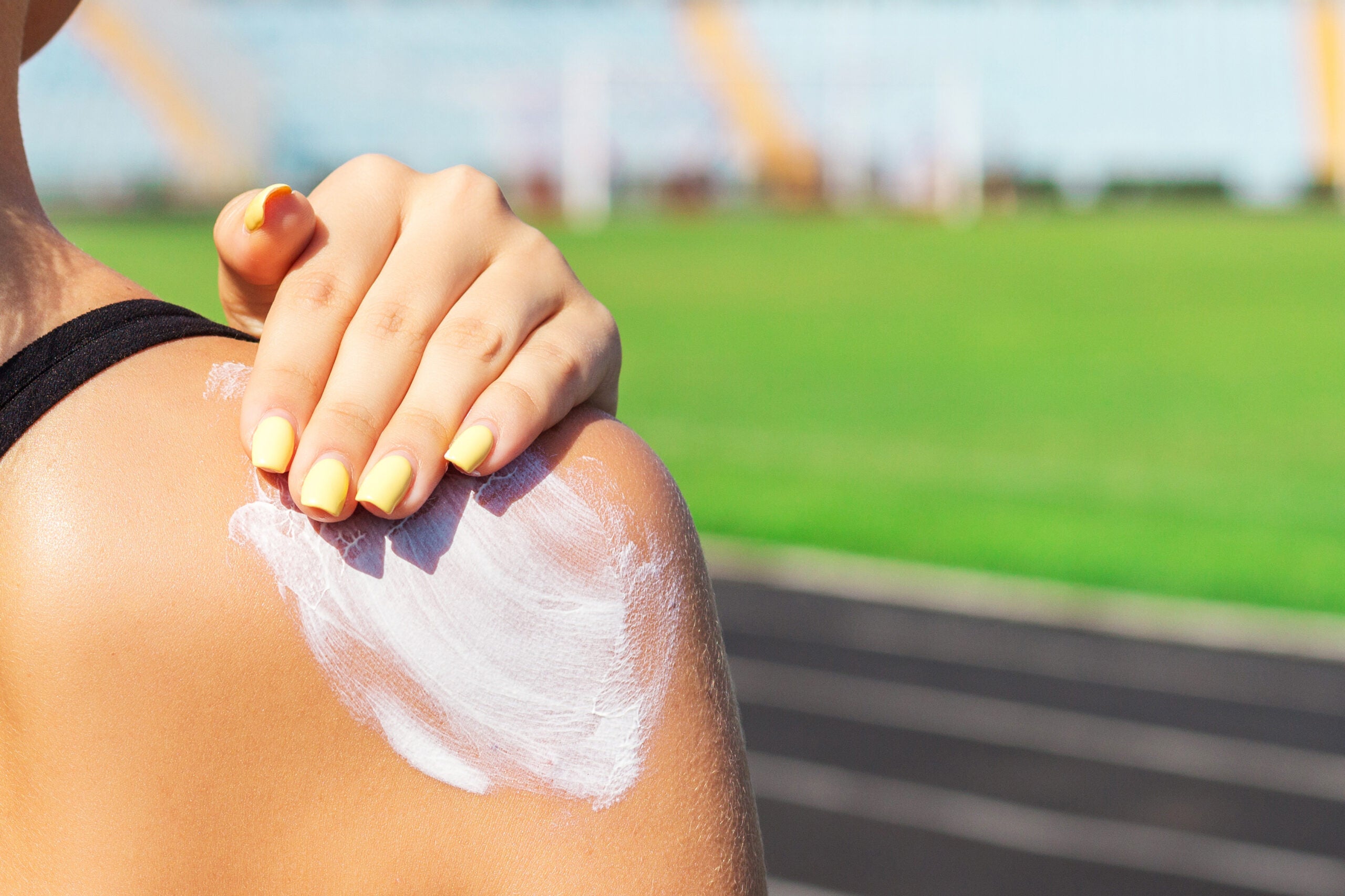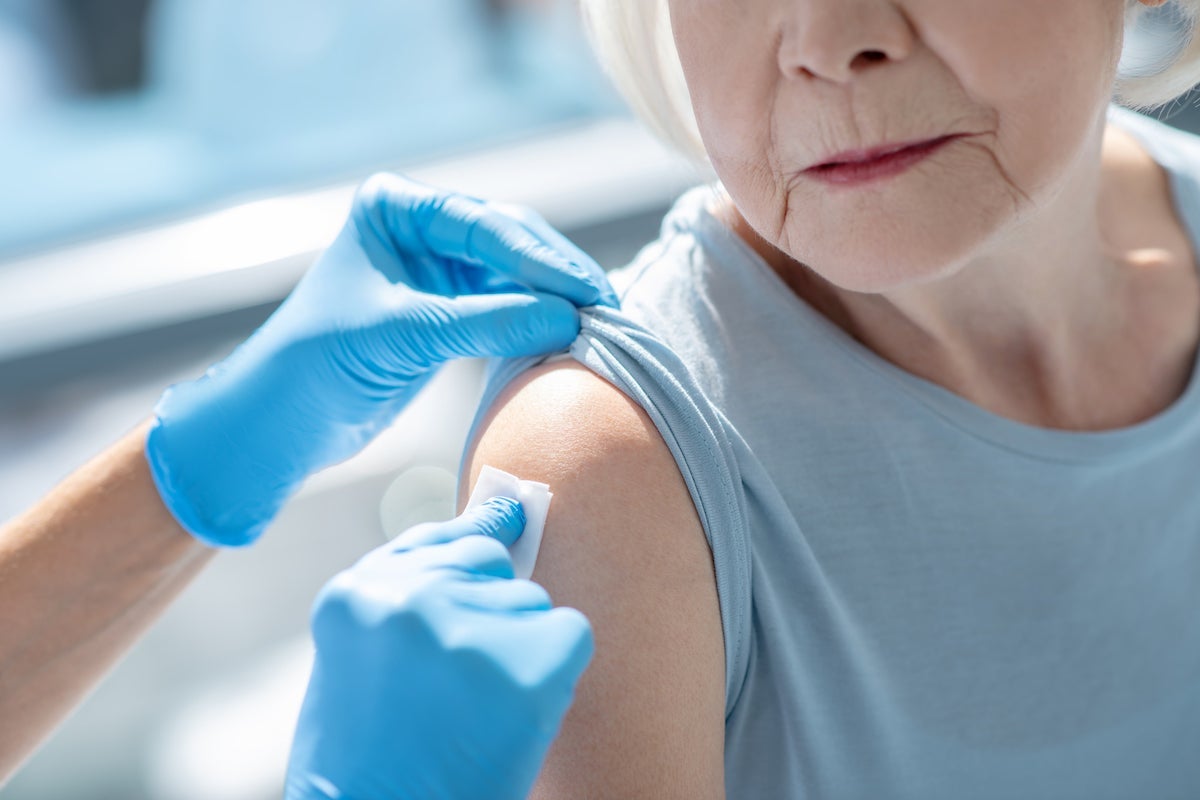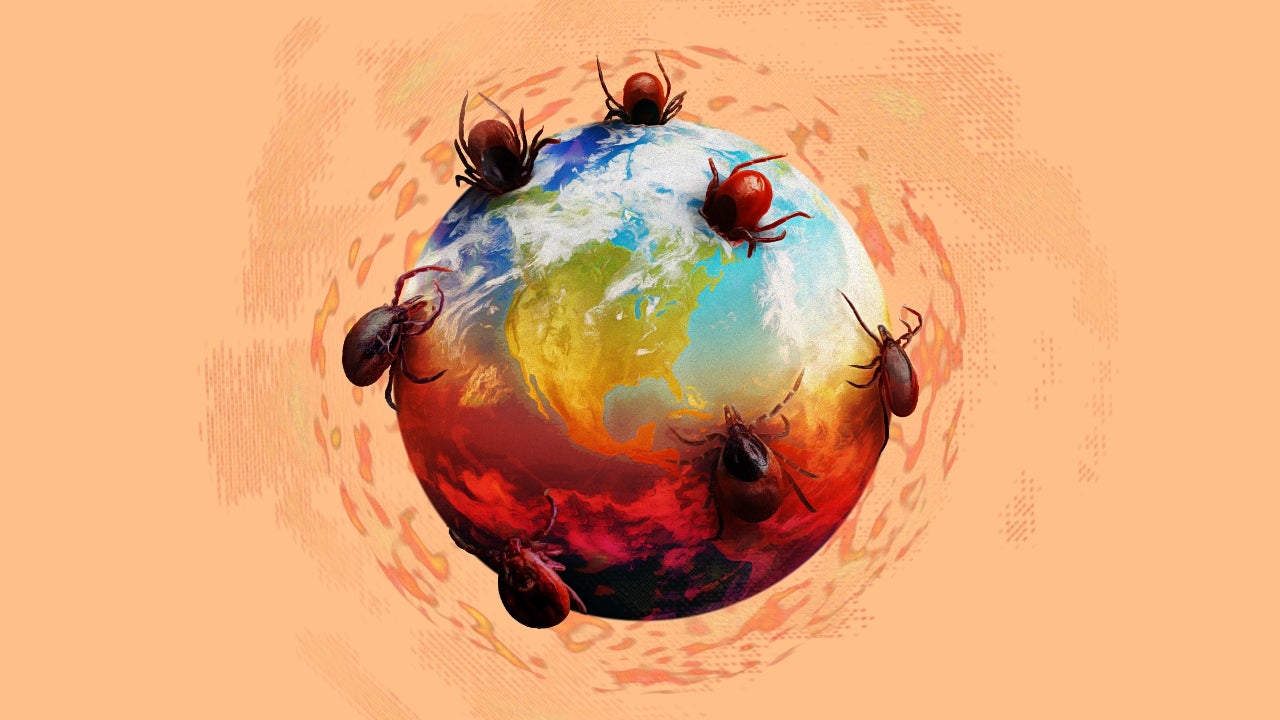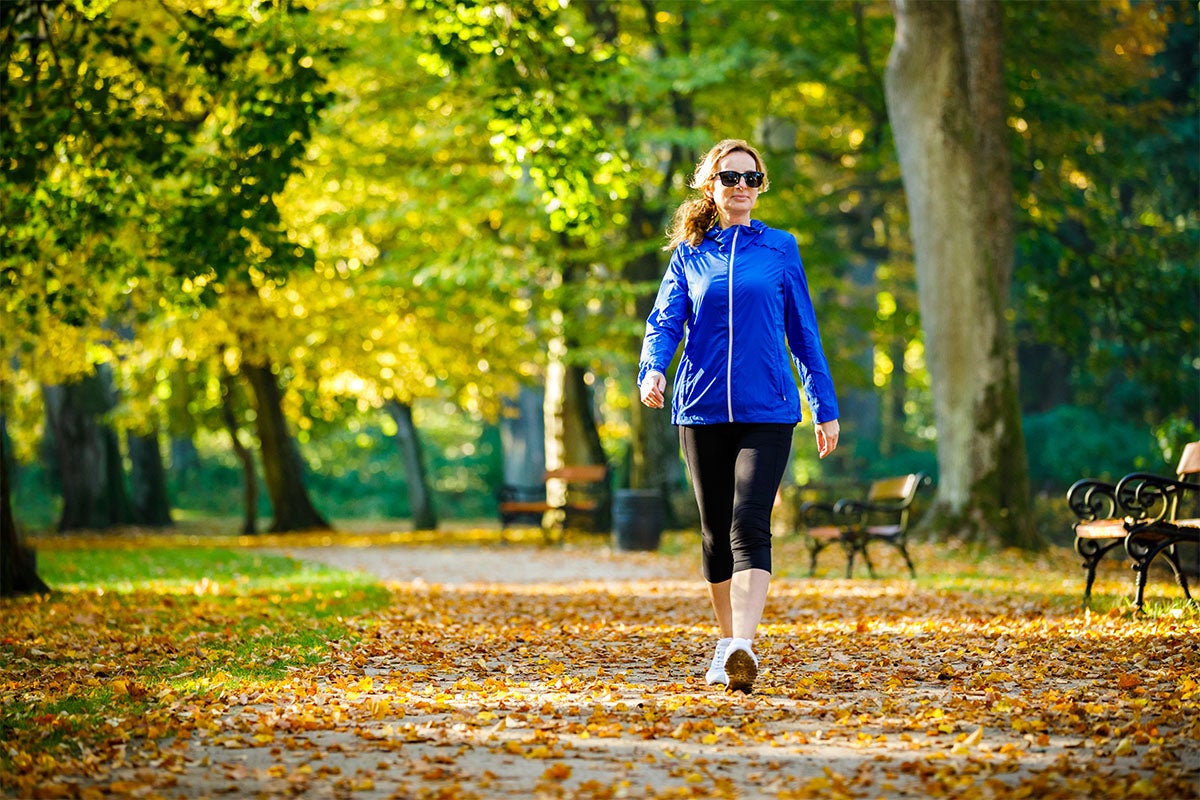Skin cancer prevention expert on the importance of sunscreen

Skin cancer is the most common form of cancer in the U.S. Alan Geller, a trained nurse, skin cancer prevention researcher, and senior lecturer on social and behavioral sciences at Harvard T.H. Chan School of Public Health, discusses the ins and outs of one of the best tools to protect oneself against skin cancer: sunscreen.
Q: How effective is sunscreen in preventing cancer?
A: The best evidence for sunscreen as a prevention tool is a randomized trial of sunscreen use in Australia, where rates of melanoma—the deadliest form of skin cancer—are highest in the world. More than 1,600 people at high risk of melanoma were randomly assigned to use SPF 15 sunscreen every day, or to use it at their own discretion. (SPF 15 was more commonly used in 1992-1996, when the study was conducted.) The participants were followed for 10 years. Over that time period, among the discretionary group there were 22 new primary melanomas—melanomas that haven’t penetrated below the epidermis, or the top layer of skin—and 11 new invasive melanomas—melanomas that have penetrated below the epidermis. Meanwhile, the daily use group saw 11 new primary melanomas and three new invasive melanomas.
Q: What form of sunscreen is best to use? Sprays, creams, sticks, gels?
A: The best kind of sunscreen is the one you will use again and again. Just be mindful that with sprays, it can be difficult to know if you have used enough sunscreen to protect all sun-exposed areas of the body.
Q: What should people look for in a sunscreen?
A: Make sure your sunscreen is broad spectrum, meaning it protects against both ultraviolet A and B rays (think of A for aging and B for burning). Also make sure to use SPF 30 or higher, and check that your sunscreen is water resistant and that it hasn’t expired. The Food and Drug Administration (FDA) requires that all sunscreens retain their original strength for at least three years, which is reflected in a sunscreen’s expiration date. If that date has passed, throw the sunscreen out.
Many dermatologists also recommend that people use physical sunscreens—also called mineral sunscreens—rather than chemical sunscreens. If the active ingredient in your sunscreen is titanium dioxide, zinc oxide, or both, you have a physical sunscreen.
Q: What does SPF mean?
A: SPF stands for sun protection factor. It measures how well a sunscreen protects your skin from ultraviolet B rays—the type of ultraviolet radiation that causes sunburn and contributes to skin cancer. SPF is supposed to indicate how many times longer you can stay in the sun without burning compared to someone not wearing sunscreen.
Most Americans who buy sunscreen now favor SPF 30 products or higher. SPF 30 provides about 97% protection against UVB rays and SPF 50 provides about 98% protection. There is no product that provides 100% protection, but proper application and re-application helps to protect against sunburn, which is the most preventable risk factor for melanoma.
It’s common for people to only apply 20-50% of the amount of sunscreen needed to achieve the amount of SPF on the label. (When thinking of how much sunscreen to use, a good tip is to use the amount to fill a shot glass, about one ounce, for skin not covered by clothing.) Using a high-number SPF helps to compensate for this underapplication. That said, a high-number SPF does not allow you to spend additional time outdoors without reapplication.
Q: How often should people reapply, and where?
A: Start by applying sunscreen to dry skin 15 minutes before going outdoors. Then reapply at least every two hours, and more often—every 80 minutes—if you’re sweating or swimming. The key is to use sunscreen on all skin not covered by clothing. This includes the tops of your feet, your neck, your ears, and the top of your head. One third of melanoma in men is on the back and 20% of melanoma in women is on the back of the legs; these are key areas to apply sunscreen to if you’re not covering them with clothing. Skin cancer also can form on the lips, so make sure to apply a lip balm that contains sunscreen with an SPF of 30 or higher.
Q: Is sunscreen still effective when it’s incorporated into cosmetic or other skin care products like moisturizers? Or is it safest to use sunscreen independently?
A: While cosmetics with SPF incorporated are convenient, people might only use these once during the day. If you’re going to be outdoors for more than a couple of hours and want the best sun protection, it is safest to carry sunscreen with you and use it independently. Likewise, do not count on the little bit of sunscreen that one gets using insect repellant. Purchase and apply each product separately, as sunscreens need to be applied generously and often while insect repellent should be used sparingly and much less frequently.
Q: Sunscreens in the U.S. are often said to be less effective to those in Europe and Asia. Is that true?
A: There is some reason to believe that U.S. products provide slightly weaker protection against UVA rays than those from Europe or Asia. Some of these European and Asian sunscreens include better UVA filters that have not been approved by the FDA. A 2017 laboratory study evaluated 20 U.S. sunscreens (SPF 15–100+) using UVA tests from the FDA and from the International Organization for Standardization and European Union (EU). It found that only 55% met the EU-recommended UVA protection recommendations.
Q: How can we improve sunscreen use in the U.S. from a public health perspective?
A: Sunscreen is too expensive for many people. Introducing free sunscreen dispensers at parks, beaches, pools, outdoor work sites, and schools, among other places, is a promising public health initiative. Many towns and cities across the U.S. are experimenting with this strategy; it will be important to evaluate the dispensers’ use and ability to reduce the toll of sunburn.
Q: Any other tips to stay safe from the sun?
A: There is always the concern that sunscreen can give a false sense of security, that it removes all danger from spending lots of time in the sun. Err on the side of caution. Spend as little time as possible intentionally sunbathing and make sure to use sunscreen frequently and liberally, particularly if you have fairer skin or are outside on a very sunny day. That said, sunscreen is also important to wear on overcast days, as about 80% of the sun’s rays get through clouds.
One can also wear sun-protective clothing—a lightweight long-sleeved shirt, pants, a wide-brimmed hat, and sunglasses with UV protection. For even more effective sun protection, select clothing with an ultraviolet protection factor (UPF) number on the label. And when the sun’s rays are strongest, between 10 a.m. and 2 p.m., consider seeking shade.
Middle-aged and older men face the highest risk of advanced melanoma diagnosis and mortality, with 60% of all melanoma deaths occurring in white men ages 50 and above. Geller is currently conducting research on the specific barriers to skin cancer awareness and early detection within this population, with the goal of developing targeted interventions, such as education campaigns. This research is supported by Harvard Business School alum Paul Abecassis, MBA ’75, who generously made a gift to advance cancer prevention research at Harvard T.H. Chan School of Public Health.


